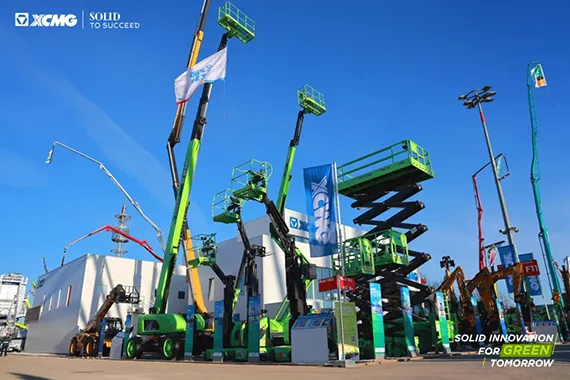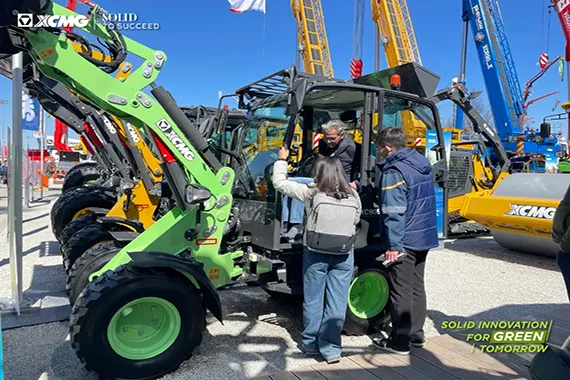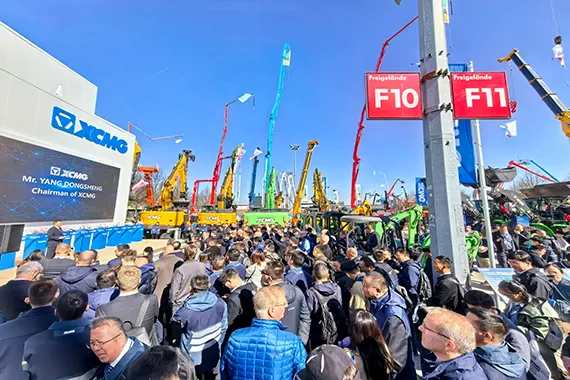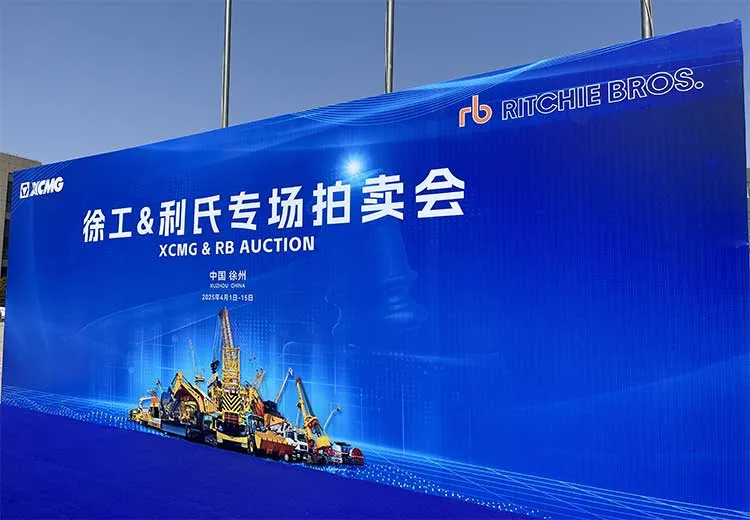7 Questions to Ask Yourself When Selecting a MEWP
Choosing the right MEWP is of the utmost importance and is essential
for the safety of the operator and others in the work area. Selecting the wrong
machine for the job increases the likelihood that the operator may try and make
it work, causing an unsafe situation. Furthermore, using the wrong machine
could result in damage to the machine and workplace, as injuries or death to
the operator.
Anyone purchasing a MEWP needs to identify what type of MEWP is
required, and some questions need to be asked to make the right equipment is
chosen for the job.
One of the first questions you should ask is: What is the application?
This will help you decide which type of machine you need. Once this
determination, there are several other factors to consider.
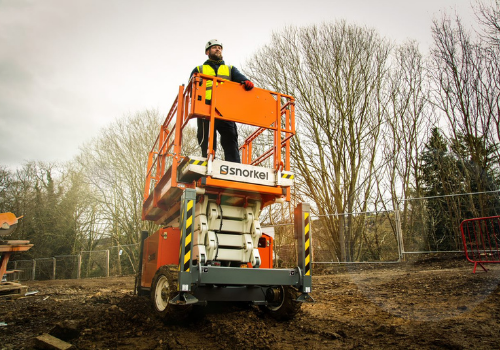
1.
How high do you need to reach? The required work
height is an obvious and important selection criterion for MEWPs. In the U.S.,
actual working height should incorporate 6 feet – representing the reach of an average
worker standing on the platform with arms stretched overhead. The working
height of a 60-foot boom lift, for example, is actually 66 feet.
2.
Do you only need to go up or do you need to go up
and out? The ability to reach out horizontally is a deciding factor and could
indicate the need for a telescopic or articulating boom vs a scissor lift,
self-propelled vertical lift, or push-around personnel lift, which have little
to no horizontal reach capability outside any extension deck offering.
3. If you do need to reach out, how far out do you need
to go? Knowing what you will be lifting and how much it weighs should guide
MEWP selection as well. MEWP platform capacities can range from 300 to 1,000
pounds and above. Calculating the total machine load is essential so you can
avoid exceeding the rated capacity of the machine.
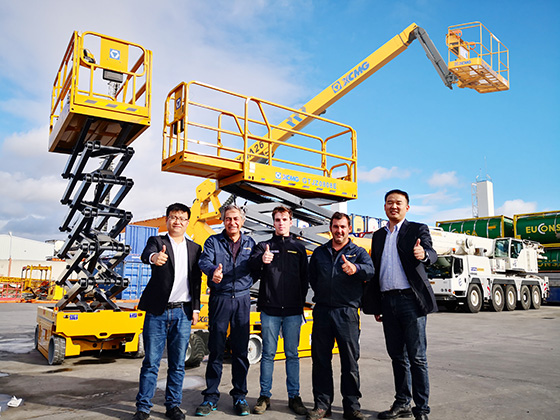
4. What are potential jobsite obstacles? Fixed
obstacles, such as water, ditches, or permanent structures indicate the
vertical and horizontal reach needed to access the work at height. Articulating
booms provide special up-and-over capability to position the operator’s basket
around overhead obstacles in constricted work environments. In this situation,
the machine’s chassis size and maneuverability – such as its turning radius,
proportional controls, and other steering options may also become crucial for
jobsite access.
5.
What will you be lifting? This capacity calculation
should include people, tools, material, and anything else that will be in the
platform, so it is important to identify how many people need to be on the
platform at the same time. Different MEWPs have different platform sizes and
entry points in addition to operator and weight capacity ratings, which need to
be taken into consideration.
Understanding
the experience and training level of the operators themselves is key. This
helps determine whether operator or familiarization training will be needed
before work begins.
6.
What is the range of motion required? The importance
of understanding the worksite is just as important as knowing what you will be
lifting.
The work
area that each boom lift can access is determined by the combination of its
vertical height and horizontal outreach capabilities – commonly referred to as
its range of motion or working envelope.
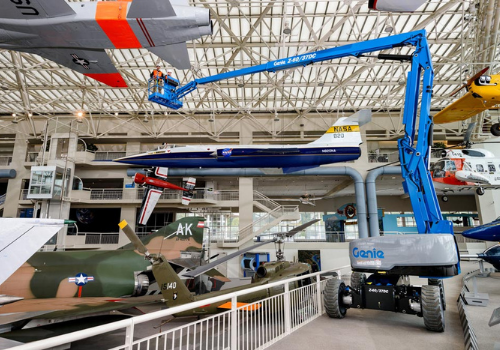
7.
What unusual jobsite conditions need to be factored
in? That could include things like accessibility, whether there are any weight
restrictions for support surfaces, minimum stowed dimensions for doorway access
or terrainability, such as the need to drive on turf or sand. Special
considerations could also include noise or emissions requirements.
Beyond
all these considerations, lift manufacturers offer special options and
accessories to customize different machines for specific applications, such as
material handling or secondary guarding.

